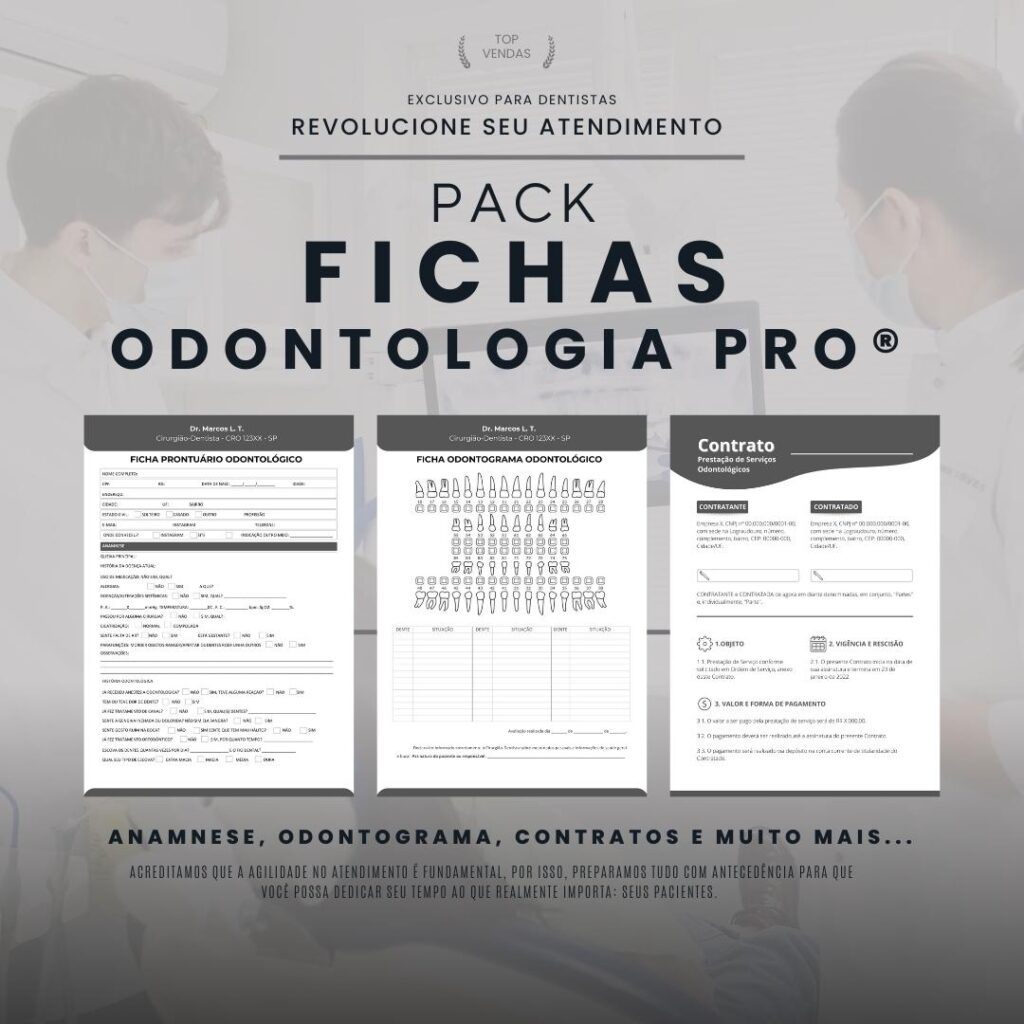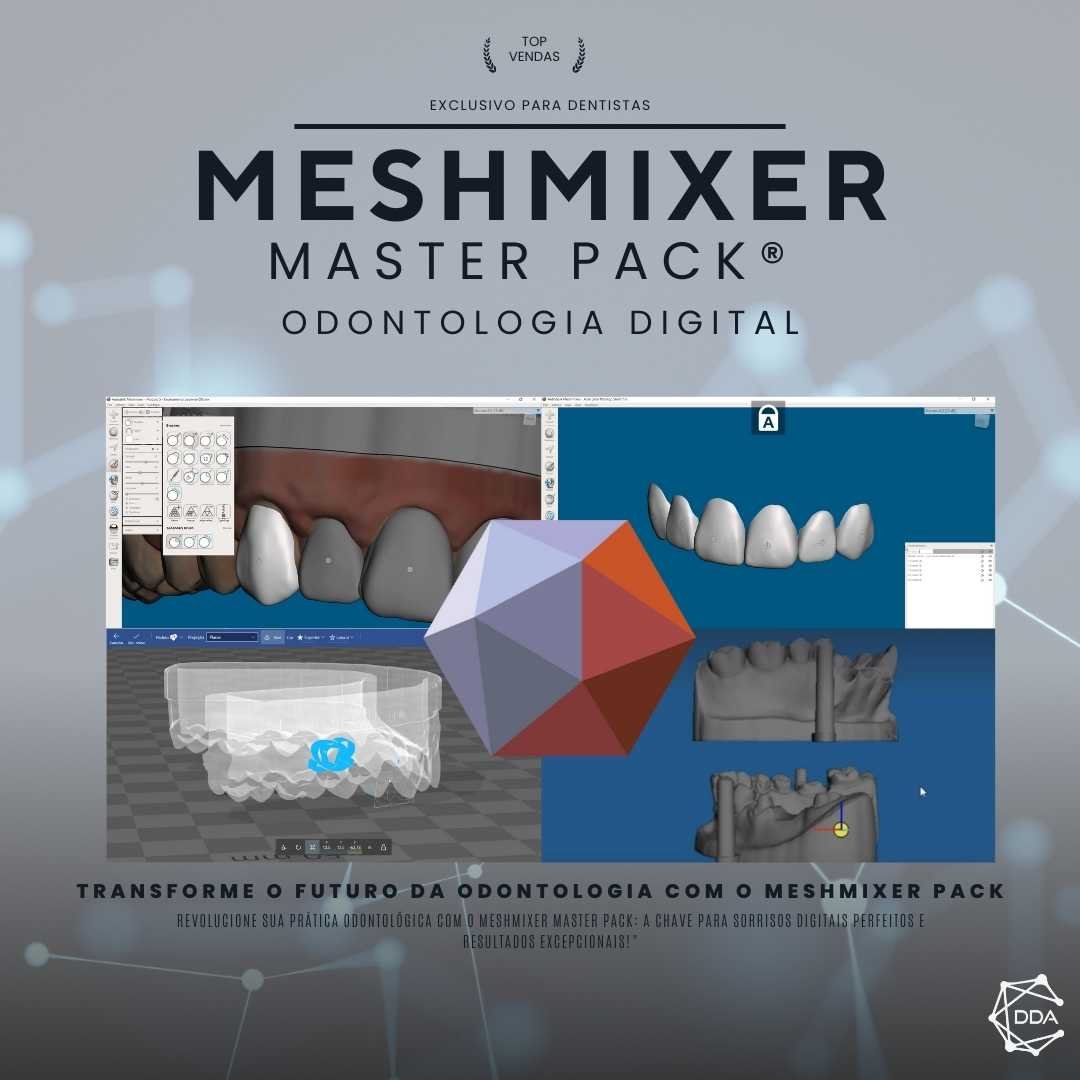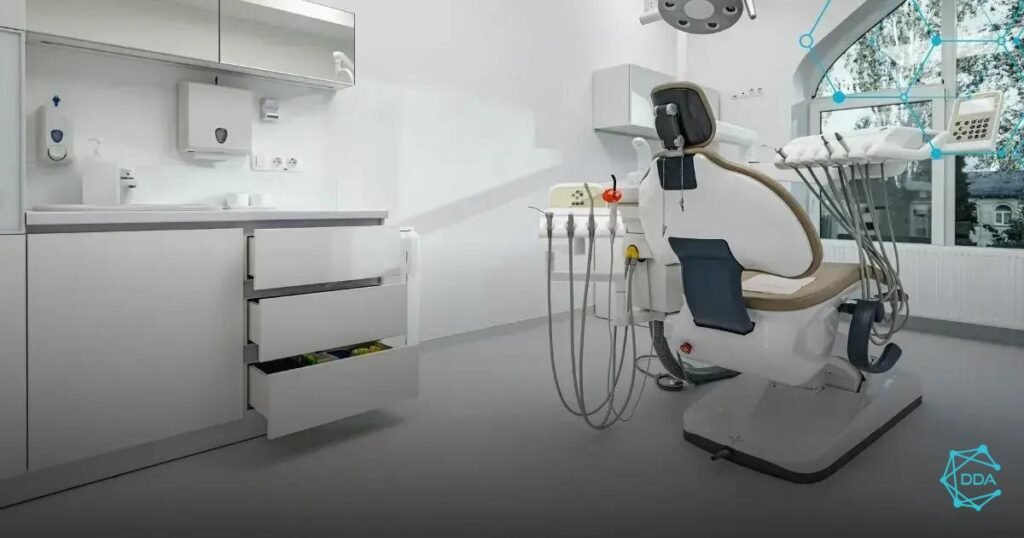To the 3D printers for dental clinics 3D printers are transforming the way dentists perform treatments. With the ability to create custom dentures, molds, and other devices, these technologies offer precision and efficiency. In this article, we’ll discuss the best 3D printer options available and how they can benefit your practice.
Advantages of 3D Printing in Dentistry


A 3D printing in dentistry brings several advantages that can revolutionize clinical practice. Firstly, the personalization is one of the main features of this technology. With 3D printing, it is possible to create devices and prostheses that perfectly fit the patient's anatomy, improving the comfort and effectiveness of the treatment.
Another significant advantage is the reduction of production time. Instead of waiting days or even weeks for impressions and dentures, dentists can print in a matter of hours, speeding up the care process and increasing patient satisfaction.
A precision is also a crucial point. 3D printers ensure a level of detail that is difficult to achieve with traditional methods, resulting in more effective treatments and less need for subsequent adjustments.
Furthermore, the cost reduction In the long run, this is a major advantage. While the initial investment in a 3D printer may be high, the savings in materials and labor time can quickly offset this cost.
Finally, the innovation brought about by 3D printing allows clinics to stand out in the market. By offering modern and efficient treatments, dentists can attract more patients and position themselves as leaders in dental technology.
Best 3D Printer Models
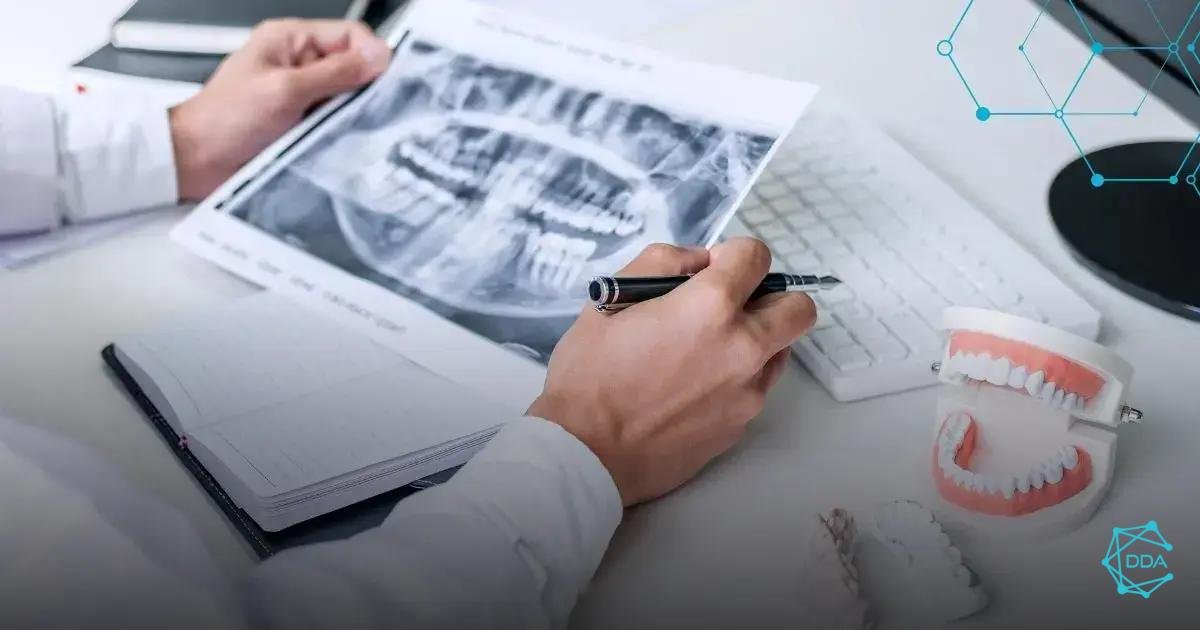

When it comes to choosing the best 3d printers for dental clinics, it is essential to consider models that offer quality, precision and efficiency. Here are some of the best options available on the market:
1. Formlabs Form 3B: This printer is known for its high precision and print quality. With resin technology, it is ideal for creating dental prosthetics and high-definition models. Its user-friendly interface and intuitive software make it easy to use, making it a popular choice among dentists.
2. Anycubic Photon Mono X: Offering an excellent balance between cost and performance, the Photon Mono X is a resin printer that delivers fast, detailed prints. It is a great option for clinics looking for efficiency without compromising quality.
3. Ultimaker S5: This 3D printer is renowned for its versatility and ability to work with a wide range of materials. Ideal for creating surgical guides and other custom devices, the Ultimaker S5 is a great addition to any dental practice.
4. Prusa Mini: A more affordable option, the Prusa Mini offers surprising print quality for its price. It’s easy to set up and operate, making it a good choice for clinics just starting to explore 3D printing.
5. Zortrax Inkspire: With its UV LCD technology, Zortrax Inkspire is capable of producing prints with exceptional detail. It is especially suitable for creating dental models and prosthetics, offering speed and precision.
Choosing the right 3D printer model can make all the difference in the efficiency and quality of treatments in your clinic. Evaluate your needs and budget to find the best option.
How to Choose the Ideal Printer
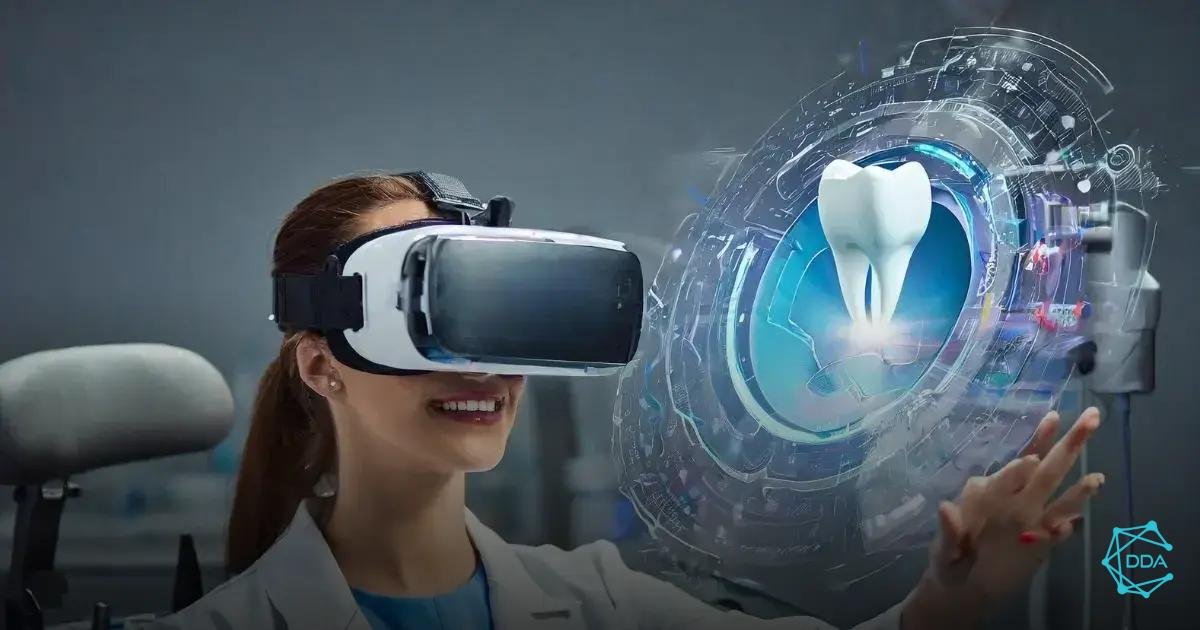

Choose the ideal 3D printer for your dental clinic is a crucial decision that can impact the quality of treatments offered. Here are some factors to consider when making your choice:
1. Printing Type: There are different 3D printing technologies, such as FDM (Fused Deposition Modeling) and SLA (Stereolithography). For dental clinics, SLA printers are generally preferred due to their precision and superior quality, especially for creating dentures and detailed models.
2. Accuracy and Resolution: Check the printer’s resolution, which is measured in micrometers (μm). Printers with lower micrometer values provide finer details, which is essential in dentistry. Precision is key to ensuring that printed devices fit the patient perfectly.
3. Ease of Use: The user interface and software that comes with the printer are also important. Choose a model that is easy to operate and has intuitive software, allowing your team to quickly adapt to the new technology.
4. Compatible Materials: Make sure your printer is compatible with the materials you intend to use. Some printers offer a variety of resins and filaments that can be used for different dental applications.
5. Support and Maintenance: Consider the technical support available for your printer. Choosing a model from a manufacturer that offers support and maintenance can help prevent future problems and ensure that you have reliable support when you need it.
6. Cost-Benefit: Weigh the cost of the printer against the benefits it offers. While it may be tempting to choose the cheapest option, investing in a higher-quality printer can result in long-term savings, with less rework and improved patient satisfaction.
Consider these factors when choosing the right 3D printer for your dental practice. This decision can improve your work efficiency and patient experience.
Costs and Benefits of 3D Printing
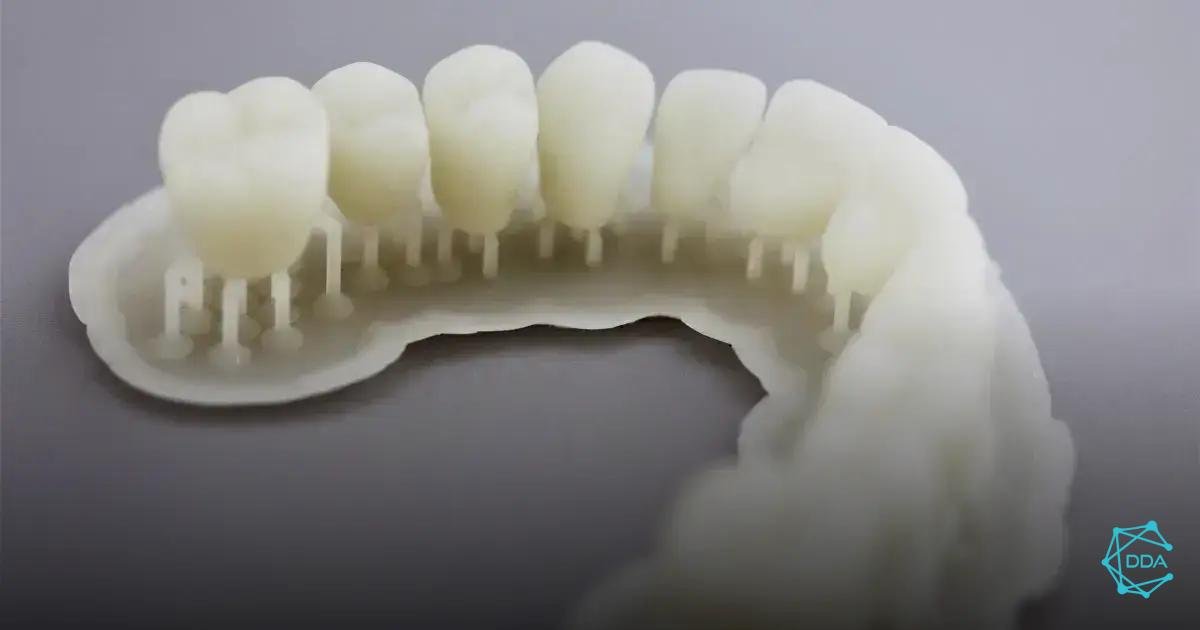

Invest in 3D printing for dental clinics involves considering both the costs and benefits that this technology can bring. Here, we will analyze these aspects to help you make your decision.
Initial Costs: The investment in a 3D printer can be significant. Prices vary depending on the model and technology used, with high-end printers costing between R$10,000 and R$100,000. In addition to the cost of the printer, you need to consider purchasing materials such as resins and filaments, which can also be expensive.
Maintenance and Support: In addition to the initial cost, it’s important to consider maintenance and technical support costs. Some printers may require regular maintenance, which can add up over time. Choosing a manufacturer that offers reliable support can help minimize these costs.
Long-Term Benefits: Despite the initial costs, 3D printing offers substantial benefits that can make the investment worthwhile. reduction of production time is one of the main benefits. 3D printers can create custom prosthetics and devices in hours, speeding up workflow and increasing patient satisfaction.
A personalization is another significant advantage. With 3D printing, you can produce custom-made devices for each patient, ensuring a perfect fit and improving treatment results.
Furthermore, 3D printing can lead to a waste reduction, as materials are used more efficiently compared to traditional methods. This not only saves money, but also contributes to more sustainable practices.
Attracting New Patients: Offering cutting-edge technology, such as 3D printing, can be a competitive differentiator that attracts new patients. Clinics that use this technology tend to be seen as more innovative and committed to quality.
In short, while the initial costs of 3D printing can be high, the long-term benefits such as efficiency, customization and patient engagement make this investment a worthwhile option for dental practices.
Future of Dentistry with 3D Printers
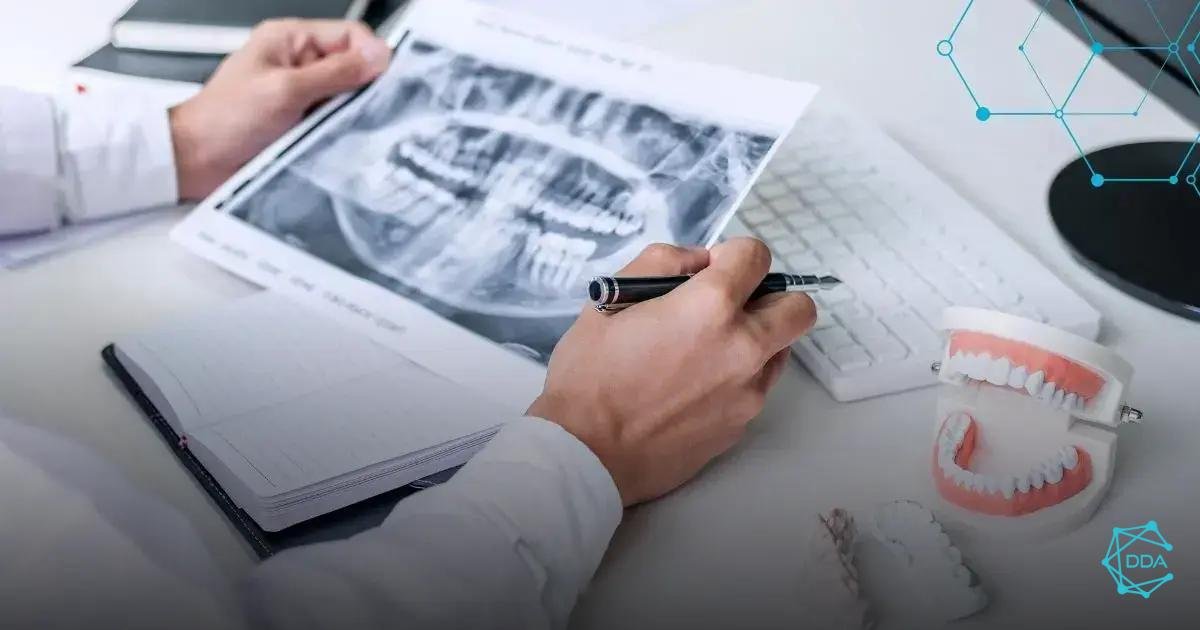

O future of dentistry is shaping up significantly with the increasing adoption of 3d printers. This technology is not only transforming processes, but also redefining how oral health professionals approach treatment and patient care.
Innovations in Treatments: As technology advances, new applications for 3D printers are being developed. Since the creation of custom dental implants to the manufacture of surgical guides, 3D printing is enabling dentists to offer more effective solutions tailored to the individual needs of each patient.
Education and Training: 3D printers are also revolutionizing dental education. With the ability to create accurate anatomical models, educational institutions can offer students a richer hands-on experience. This results in professionals who are better prepared to face the challenges of the market.
Integration with Digital Technologies: The future of dentistry also involves the integration of 3D printing with other digital technologies, such as intraoral scanning and planning software. This synergy allows dentists to create more accurate and personalized treatment plans, increasing efficiency and patient satisfaction.
Sustainability in Dentistry: 3D printing can contribute to more sustainable practices in dentistry. By reducing material waste and the need for product transportation, dentists can reduce their carbon footprint. This trend is becoming increasingly important for patients who value environmental responsibility.
Mass Customization: With 3D printing, mass customization becomes a reality in dentistry. This means that treatments that were previously standardized can now be tailored to meet the specific needs of each patient, improving the overall experience and outcomes.
In short, the future of dentistry with 3D printing is promising and full of possibilities. This technology not only improves the efficiency and quality of treatments, but it is also transforming the way professionals interact with their patients and how they prepare for the future of dental practice.


